India's Chandra Telescope captures Comet ZTF last seen by Neanderthals
India’s highest telescope has captured a stunning image of the Comet C/2022 E3 (ZTF) which was last seen around 50000 years ago.
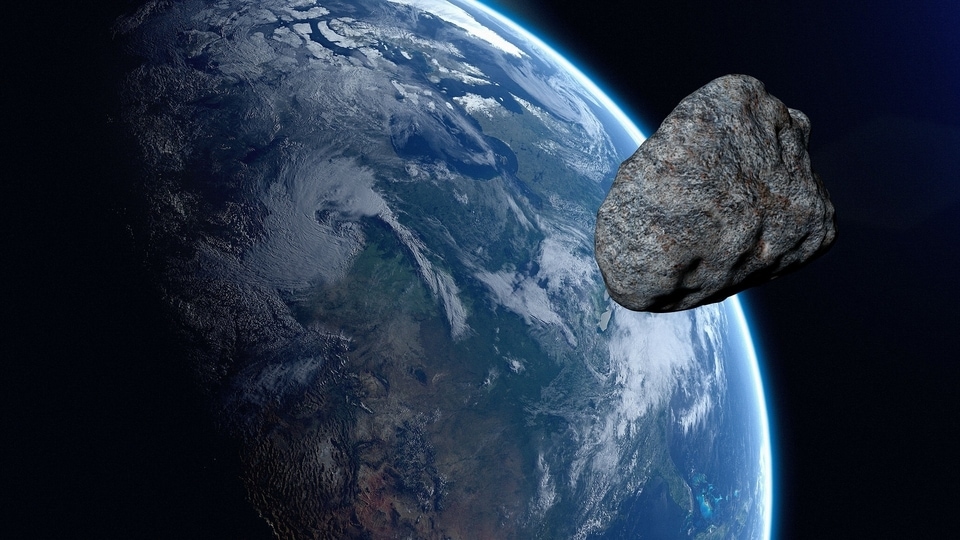
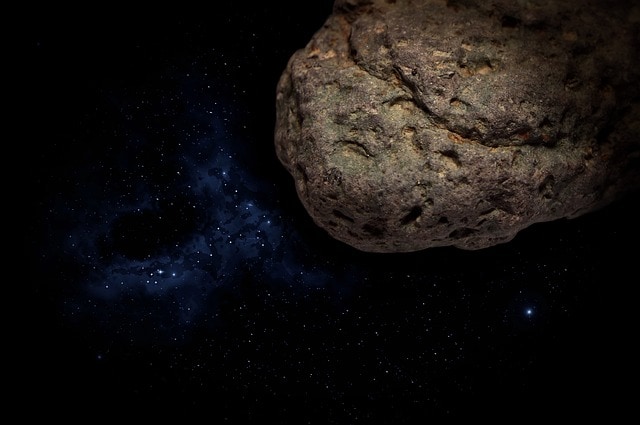
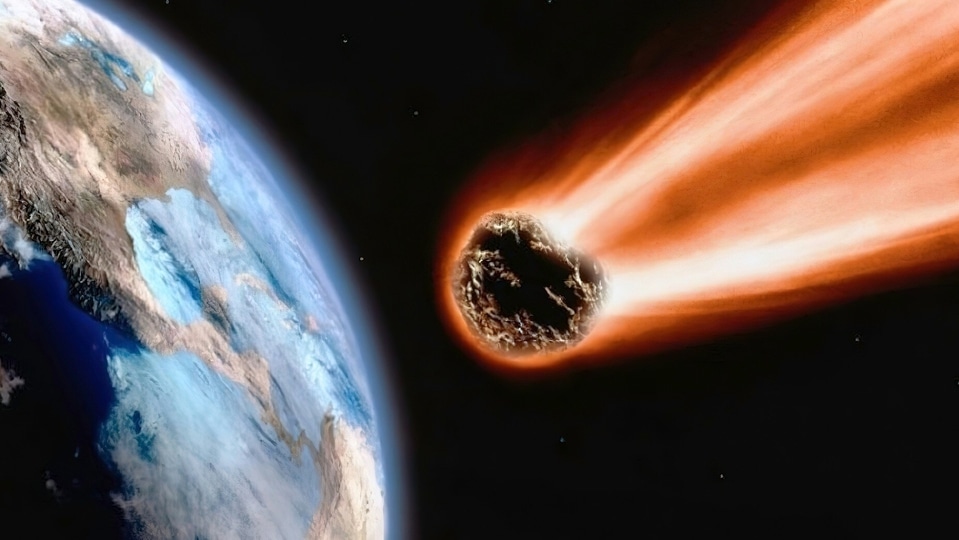
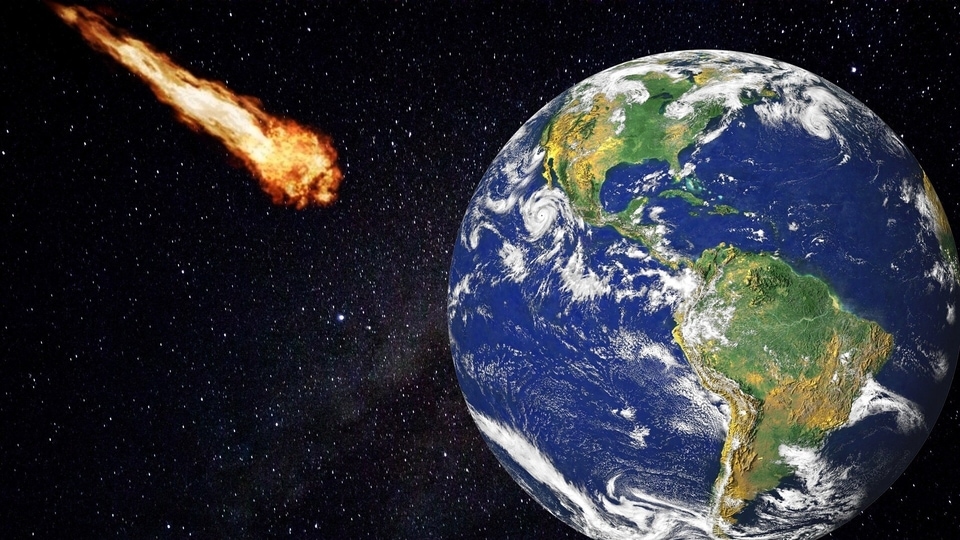
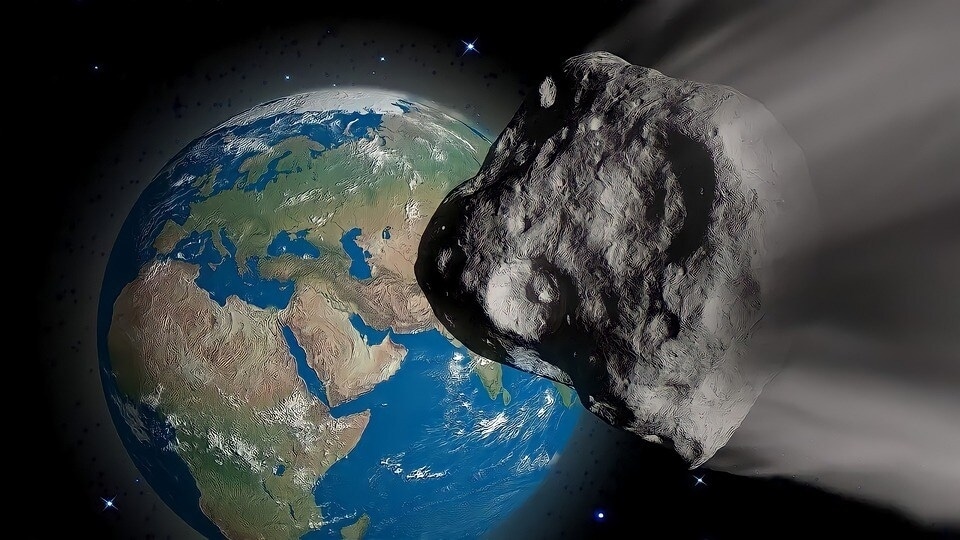
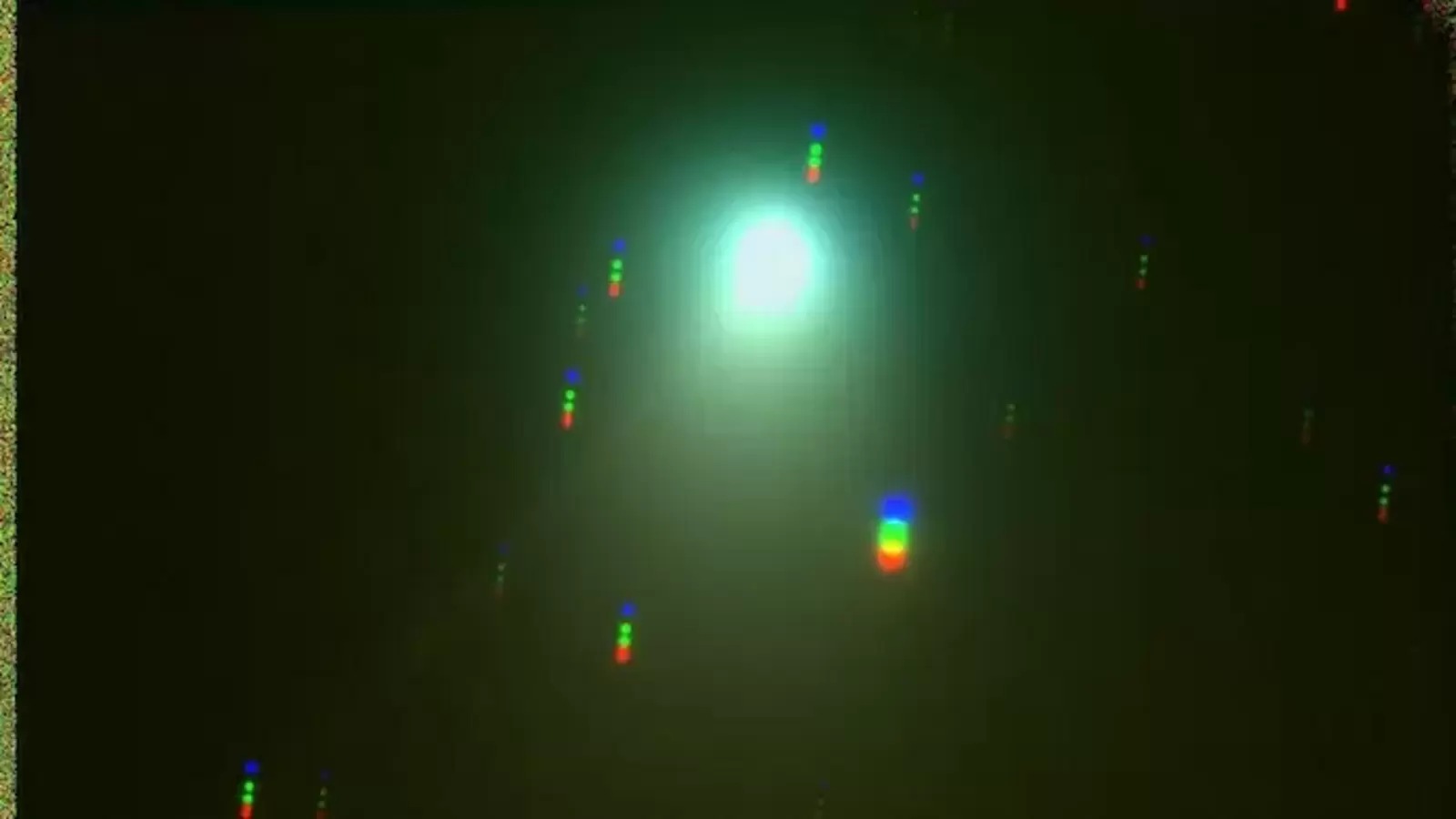
 View all Images
View all ImagesIndia's Himalayan Chandra Telescope has added a feather in its cap by capturing a stunning image of the Comet C/2022 E3 (ZTF) which is expected to come close to Earth next month. Comets are of interest to scientists because they are remnants of the early Solar System, and can tell us about the conditions and composition of the early Solar System. When a comet approaches the Sun, the heat causes the ices in the comet to turn into a gas, which surrounds the nucleus of the comet in a bright coma. The gas and dust in the coma form a bright tail that always points away from the Sun.
Although comets often make close flybys, the Comet C/2022 E3 (ZTF) is particularly special as it has a period of around 50,000 years. That means the last time it flew past Earth closely; it was witnessed by Neanderthals during the Upper Paleolithic period on Earth nearly 50000 years ago. The comet ZTF was captured by India's Himalayan Chandra Telescope. Sharing the image on Twitter, the Indian Institute of Astrophysics tweeted,” This stunning 'true colour' image of the comet C/2022 E3 (ZTF) was taken from the HCT from our Indian Astronomical Observatory in #Hanle Ladakh. The telescope was tracking the fast moving comet, and so the background stars appear to move in a trail.”
The image was captured by astronomers Margarita Safonova, Mulchand Kurre & Bharat Chandra.
The Himalayan Chandra Telescope (HCT) is an astronomical observatory located in Himachal Pradesh which is operated by the Indian Institute of Astrophysics (IIA). The telescope is located at the Hanle Observatory at an altitude of 14,764 feet above sea level.
Comet C/2022 E3 (ZTF) details
Comet C/2022E3 (ZTF) is a long-period comet that originated in the Oort cloud. It was discovered by astronomers using the wide-field survey camera at the Zwicky Transient Facility in 2022 in early March, NASA revealed. Astronomers say that it will pass closest to the Sun tomorrow, January 12 and will come within roughly 26 million miles of Earth on February 1.
Although comets are usually unlikely to be visible to the naked eye, the Comet C/2022 E3 (ZTF) could be visible to people around the world watching with naked eyes for a few days around the period of its close approach.
Catch all the Latest Tech News, Mobile News, Laptop News, Gaming news, Wearables News , How To News, also keep up with us on Whatsapp channel,Twitter, Facebook, Google News, and Instagram. For our latest videos, subscribe to our YouTube channel.






























